Tech
Why Unified Workflows Are the Key to Faster Decision-Making
Speed is often the difference between success and missed opportunity. Yet decision-making is one of the areas where organizations struggle most. Leaders wait on scattered updates, approvals get buried in emails, and data is pulled from multiple disconnected systems. These inefficiencies not only slow execution but also create risk by leaving critical decisions unsupported or delayed. To address this challenge, companies are adopting project management tools that unify communication, records, and workflows into one connected platform.
Lark offers just this environment, helping leaders make decisions—from day-to-day operational calls to strategic milestones—faster, with clarity and confidence. It brings together conversations, timelines, approvals, data, and structured processes so that leaders can minimize the friction that too often slows them down.
Lark Messenger: Real-time alignment for fast responses
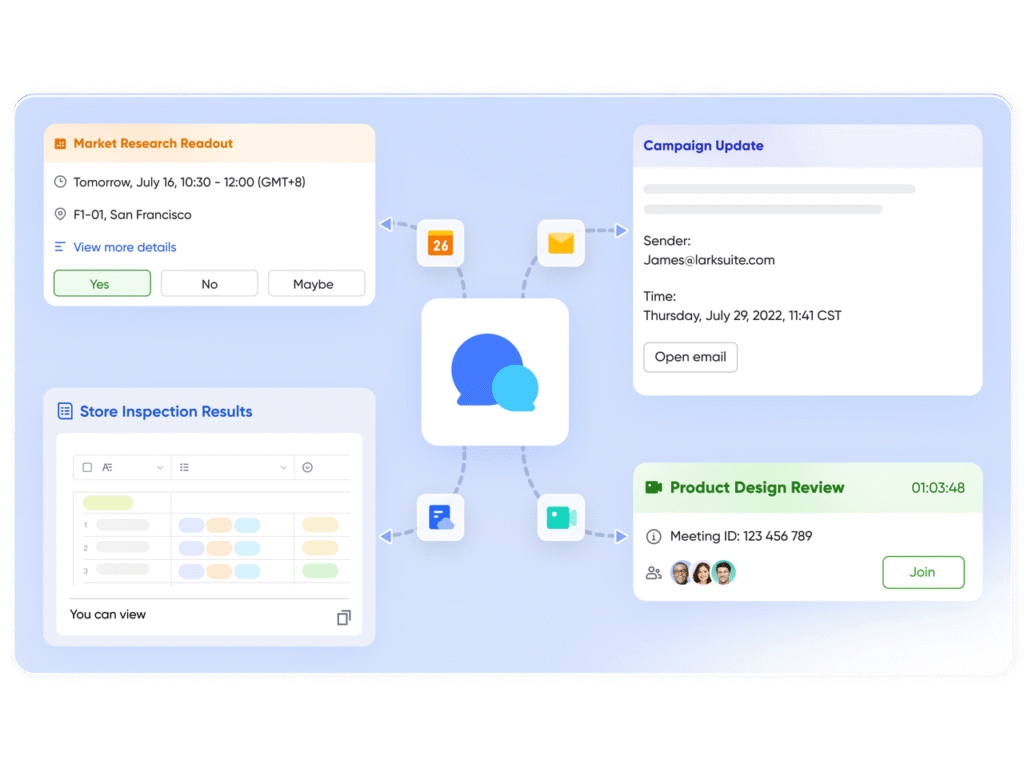
Delays in communication are one of the most prevalent barriers to decision-making. Lark Messenger enhances alignment by providing teams with real-time channels for discussions strictly on projects or topics. Rather than chasing down updates on email threads, stakeholders watch decisions evolve as discussions progress.
Key features for faster alignment:
-
Group chats devoted specifically to decisions, so the work is kept focused and noisy distractions are minimal.
-
Mentions and tagging to bring in the right stakeholders instantly.
-
Pinned messaging to make the critical decisions visible to everyone.
-
Shared files and links, so everything is available in context and ready for support.
-
Searchable histories to capture decisions and the reasoning behind decisions as history is preserved.
By combining real-time speed and recording the context, Messenger makes sure that discussions get to decisions and away from confusion.
Lark Calendar: Structuring decision-making cycles
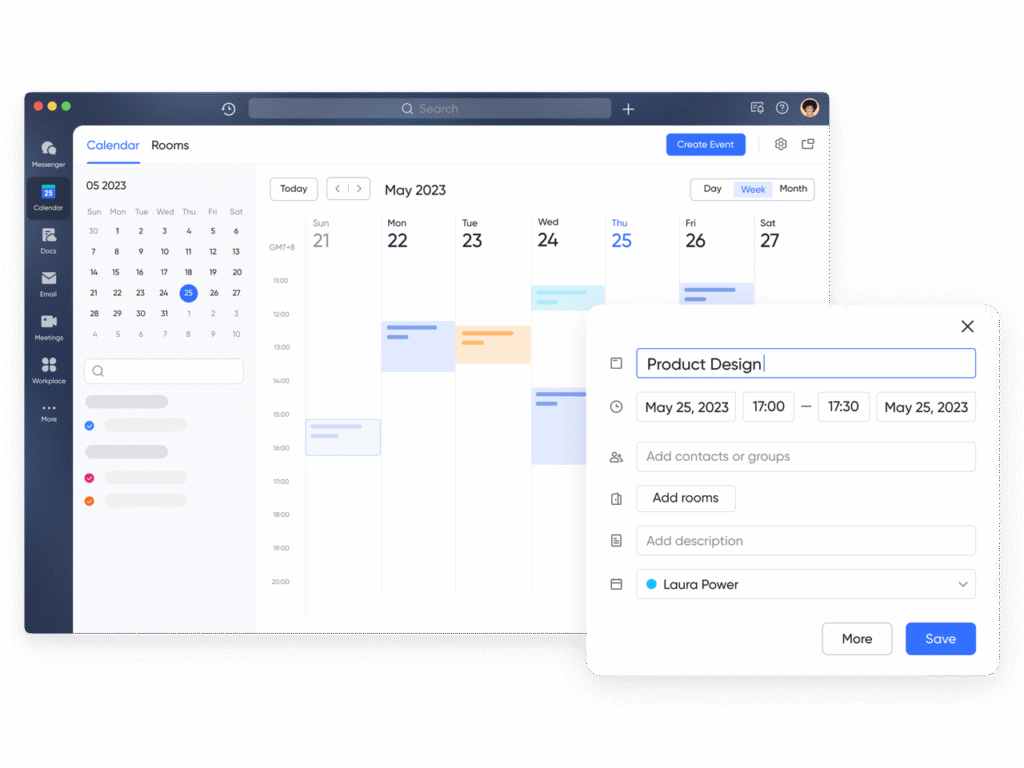
Effective decision-making relies on timing. In either case, Lark Calendar is designed to make sure that decisions can happen without delay due to scheduling conflicts or missed meetings. Cross departments, teams can begin to establish predictable decision cycles, which in turn keeps projects moving at the pace they should be moving at.
Capabilities that can aid in decision-making include:
-
Automatic time zone conversion to eliminate friction for global scheduling.
-
Recurring events for decision check ins, such as regular reviews or retrospectives.
-
Smart reminders to make sure stakeholders are notonly invited commitment.
-
Attachments of Docs, or Base records, so that decision-makers have the context needed right there at hand.
-
Visibility across functions/departments to alleviate conflicts, and adherence to timelines.
Structuring when decisions will happen as well as ensuring the right people are there to make the decisions provides rhythm and predictability in the execution of decisions made.
Lark Approval: Closing the loop with automated workflows
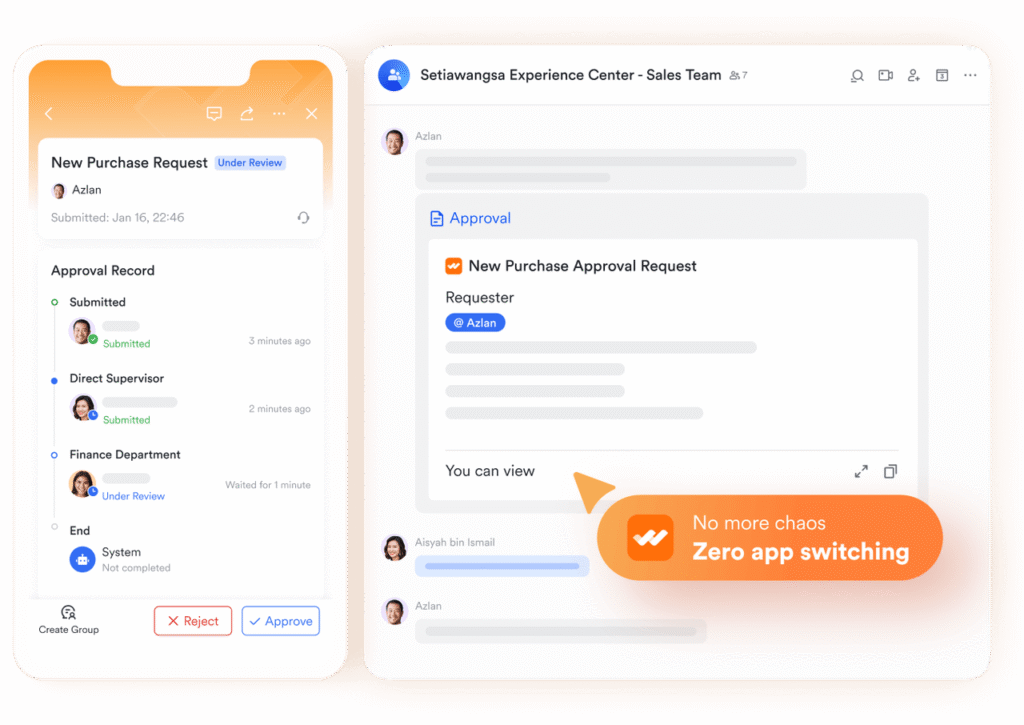
Decisions often get stuck at the formal approval stage. It might be sign-off of budgets, a new policy framework, or project milestones, but delays in formal approval have consequences that impact other teams. Lark Approval allows decisions to flow by providing clear, structured, transparent channels of review and confirmation.
Capabilities that speed approvals include:
-
Standardized request forms that remove ambiguity.
-
Transparent logs that record decisions for accountability.
-
Role-based permissions that protect sensitive information.
-
Automated notifications that nudge stakeholders to act quickly.
-
Support for an automated workflow that routes requests instantly to the right decision-makers, eliminating manual delays.
With these functions, Approval prevents bottlenecks and ensures that decisions don’t lose momentum.
Lark Docs: Capturing input that shapes decisions
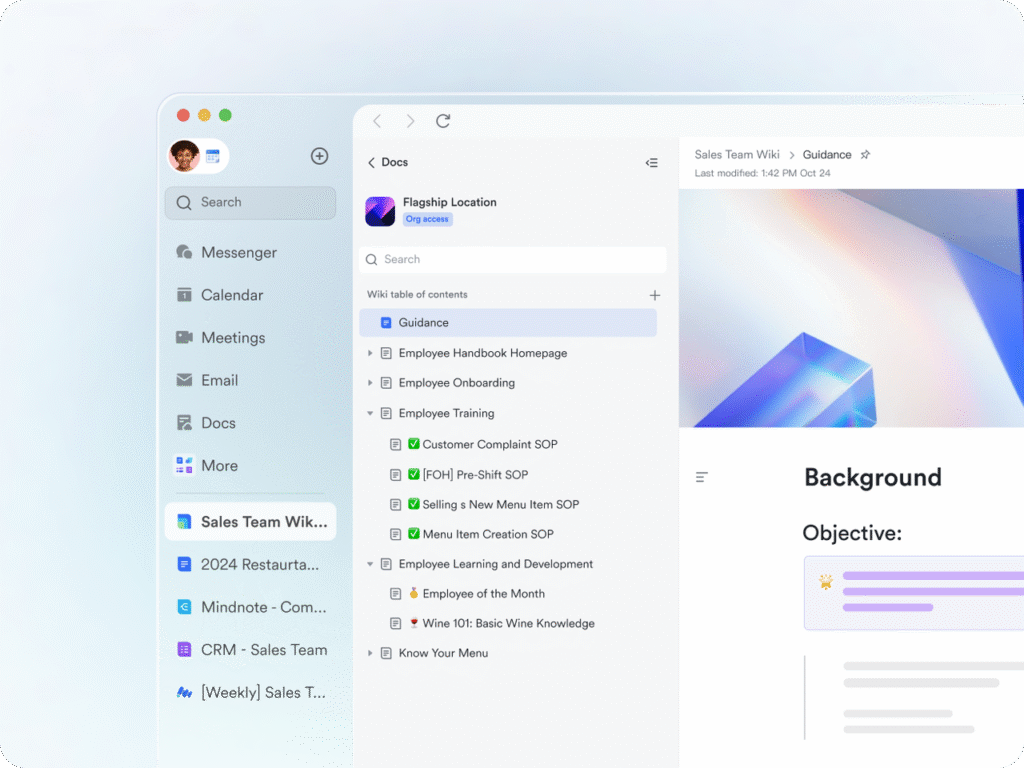
Most decisions are not achieved in one sitting – they develop from proposals, input, and iterations. Lark Docs effectively supports this fastening, enabling multiple contributors to a document to co-author, share feedback, and review updates in real-time. By using Document as a modality we can ensure that the outcome is shaped by shared intelligence.
Core functions include:
-
Real time co-editing so multiple stakeholders can contribute to document work simultaneously
-
Comments within the document, to provide context to proposals
-
Document histories to show how decision making progressed over time
-
Links to Calendar events or Base records so Docs can be referenced with context
-
Live up-dates to mitigate lag between input and action
By sharing input developments transparently and over time through Docs, we can mitigate hallucinations and decisions can be shaped by the best available idea/knowledge.
Lark Sheets: Grounding decisions in real-time data
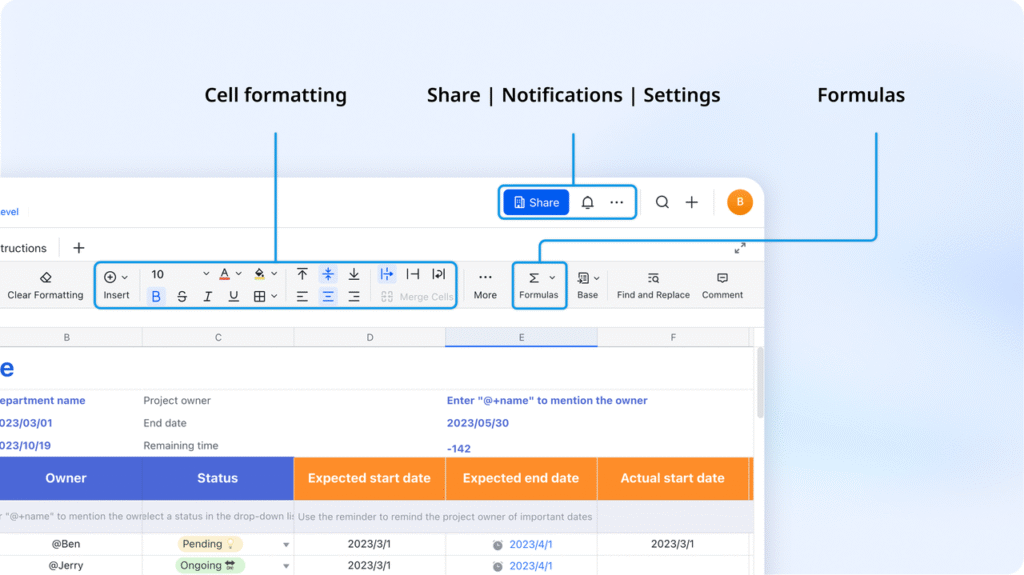
When everyone is looking from the same live source, data-driven decisions can be made faster, with more confidence, and no redundant thoughts. Lark Sheets can replace your static spreadsheets with live documents enabling us to work jointly, capturing everyone’s thoughts, and documenting informed choices.
Decision-making capabilities include:
-
Concurrent availability and editing by a number of contributors so duplication is reduced.
-
Live KPI counting that registers activity as it happens.
-
Charts that give immediate visibility to trends.
-
Automatic update sentences that lessen time spent on manual reporting.
-
Links to Tasks or Base records to enable connection of data directly to workflows.
-
Cross-functional availability to ensure all stakeholders have the same version of the truth.
Sheets helps to facilitate and lift data from a bottleneck to an empowered subject for fast and informed decisions.
Lark Base: Structuring decisions with reliable processes
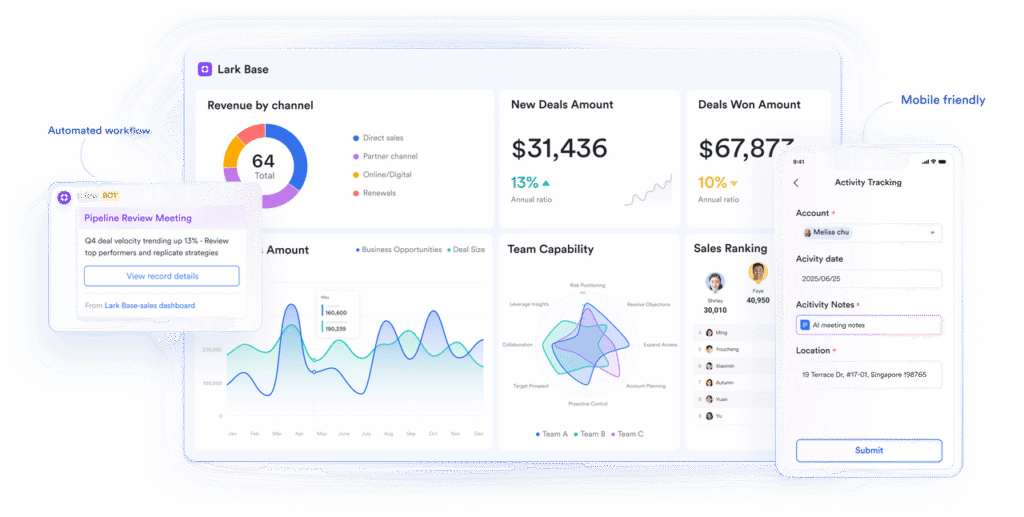
There is a solid base of structured information behind any rapid decision. Lark Base achieves this by organizing information into flexible, scalable databases that can serve as the system of record for projects and operations.
Functions that support faster decision-making include:
-
Customizable records that capture details relevant to each decision.
-
Dashboards that summarize complex information for leaders.
-
Filters and search to surface critical records instantly.
-
Linked entries that connect tasks, approvals, and documents for full context.
-
Centralized databases that reduce duplication and confusion.
With Base as the foundation, decision-makers always have reliable, contextual data ready when it’s needed most.
Conclusion
Delaying decisions costs business opportunities, frustrates employees, and potentially destroys customer satisfaction. The secret to moving faster is unified workflows that connect conversations, calendars, documents, approvals, data, and records, all in one connected platform.
Messenger accelerates alignment, Calendar allows for structures of decision cycles, Approval clears bottlenecks using automated workflows, Docs captures input that is still evolving, Sheets grounds decisions in real-time data, and Base allows for the structured clarity of what makes project management software valuable. These features together don’t allow decisions to be delayed or disconnected, only to be timely, with confidence, and the context needed.
By introducing unified workflows into a business, the organization can move faster in executing its intent while enhancing accountability, transparency, and other strategic outcomes in the process. The result is an organization that moves at the pace of opportunity, not held back by a workflow processes.

-

 Resources4 years ago
Resources4 years agoWhy Companies Must Adopt Digital Documents
-

 Resources3 years ago
Resources3 years agoA Guide to Pickleball: The Latest, Greatest Sport You Might Not Know, But Should!
-

 Resources4 months ago
Resources4 months agoTOP 154 Niche Sites to Submit a Guest Post for Free in 2025
-

 Resources5 months ago
Resources5 months ago50 Best AI Free Tools in 2025 (Tried & Tested)